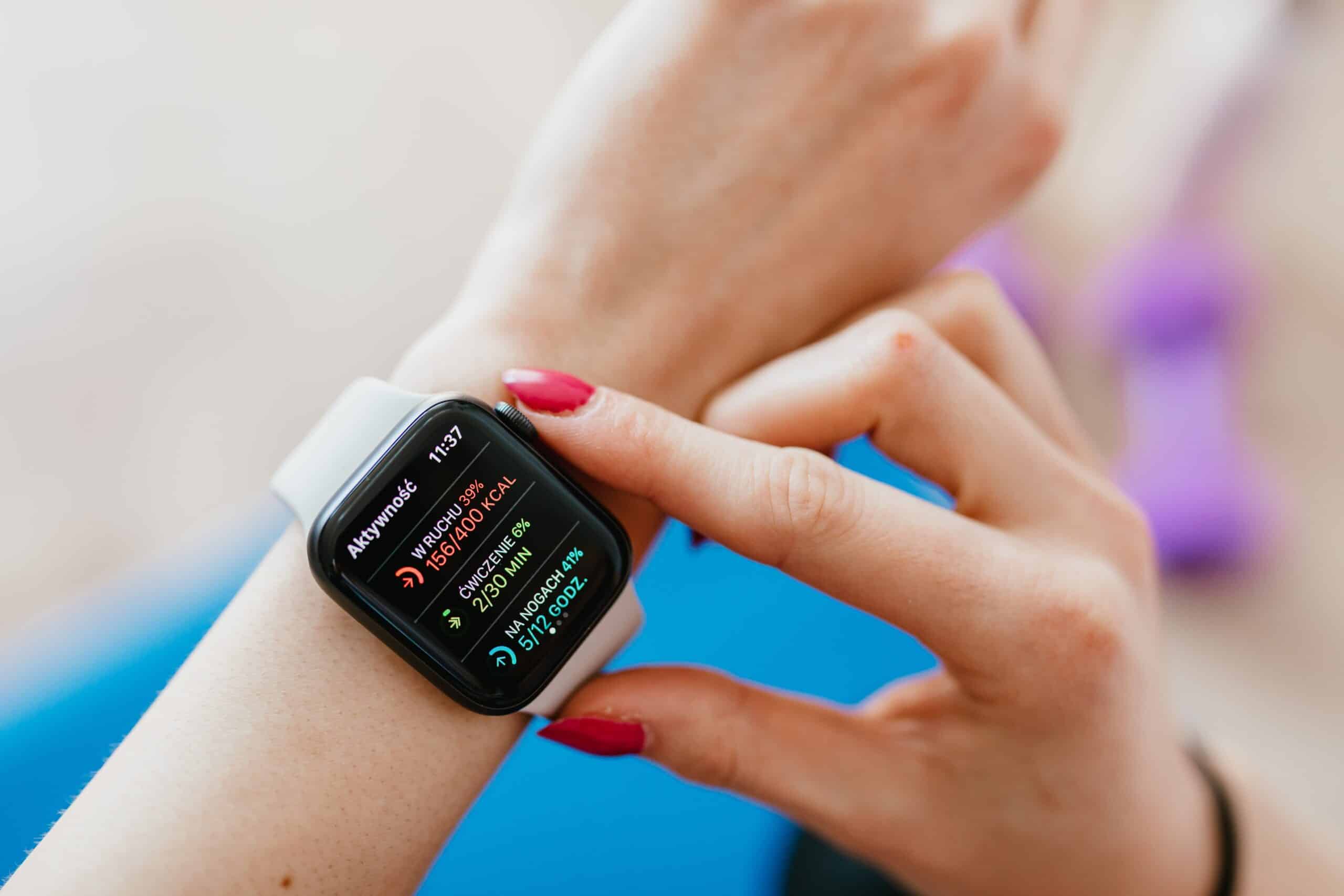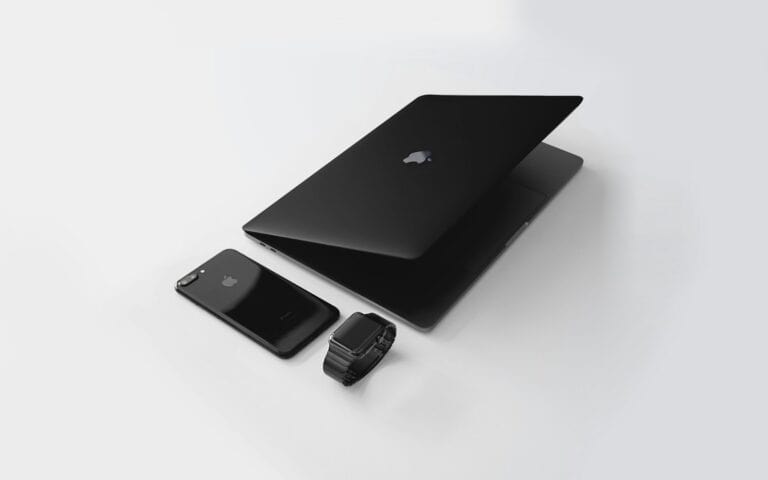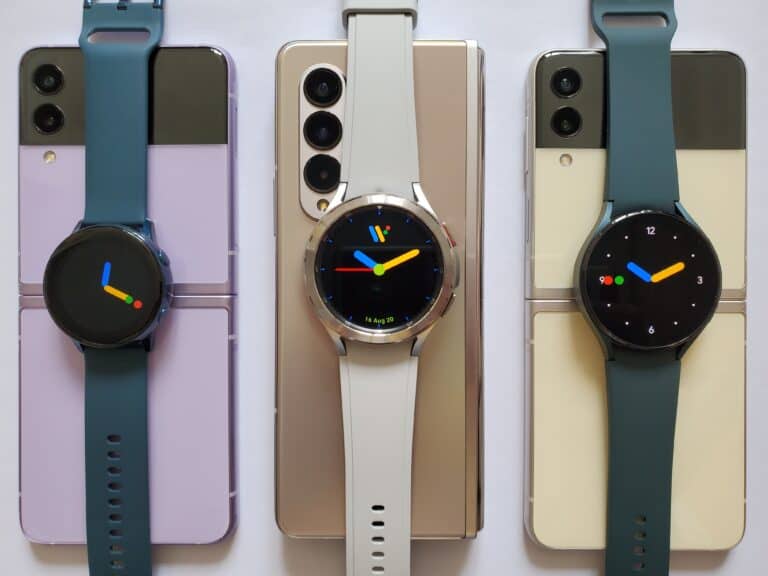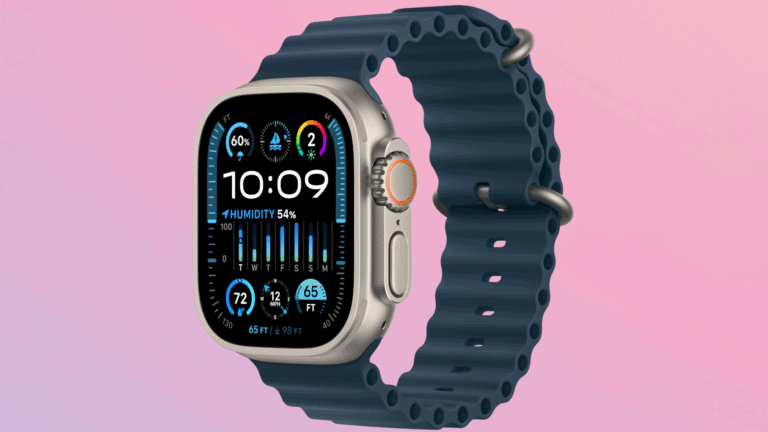The battery life of a smartwatch is a crucial aspect that affects user experience and convenience. Consumers expect their devices to keep up with their daily routines without needing constant trips to the charger. Understanding how long a smartwatch battery can last is essential for managing expectations and using the device effectively. Most modern smartwatches offer a battery life that ranges from a single day to over a week, depending on the model and usage patterns. For instance, an Apple Watch may need charging every 18 hours, whereas a Garmin smartwatch might extend its charge up to a week with careful usage.
Factors such as display type, connectivity features, and fitness tracking complexity influence the battery life of smartwatches. Energy-saving settings, like disabling the always-on display and reducing wake-up gestures, can prolong the watch’s battery life. The capabilities of the smartwatch and the user’s interaction with its features collectively determine how frequently the device needs recharging. It is important for users to have realistic expectations and to be aware of the power-saving options available within their device’s settings to maximize battery life.
Understanding Smartwatch Battery Life
Smartwatches are awesome little gadgets. Unfortunately, they do require frequent charging. But exactly how long does a smartwatch battery last? The answer depends on a few factors:
Factors Affecting Battery Life
- Display Type: OLED screens, like those found on Apple Watches, are known for vibrant displays but consume more power than LCD or transflective displays used in some fitness trackers.
- Always-On Display: This convenient feature leads to faster battery drain.
- Features: Smartwatches with GPS, heart rate monitoring, and cellular connectivity will generally have shorter battery life.
- Usage: Frequent notifications, lots of app usage, and lengthy workouts all take a toll on the battery.
Typical Smartwatch Battery Life
Here’s a table covering the expected battery life of popular smartwatch brands:
| Brand | Typical Battery Life | Notes |
|---|---|---|
| Apple Watch | 18-24 hours | |
| Samsung Galaxy Watch | 24-40 hours | |
| Fitbit | Up to 7 days | Battery life varies between models |
| Garmin | Up to several weeks | Battery life varies between models |
Tips for Extending Battery Life
- Disable features you don’t need (e.g., always-on display, cellular, etc.).
- Turn down the screen brightness.
- Limit notifications.
- Use power-saving modes.
Smartwatch battery life is improving, but frequent charging is still the norm. Consider the features most important to you and what kind of battery life you’re comfortable with when choosing your next smartwatch.
Key Takeaways
- Smartwatch battery life varies widely by brand and usage.
- Battery life can be extended through power-saving features.
- Realistic expectations and settings awareness are key for optimal battery management.
Smartwatch Battery Fundamentals
Smartwatches combine the functionality of a watch and a smartphone, but like all devices, they rely on a power source: the battery. Understanding the battery’s behavior and how to properly maintain it can help extend its lifespan and ensure the device remains reliable.
Battery Life and Power Consumption
Battery life refers to the time a smartwatch can operate before needing a recharge. Most smartwatches last between one to two days on a single charge with normal usage, including checking notifications and using apps. Some activities like GPS and fitness tracking significantly increase power usage, leading to faster battery drain.
Factors Affecting Battery Longevity
Several factors influence how long watch batteries last. Frequent use of features such as always-on displays, high brightness, and smart notifications can shorten battery lifespan. Battery longevity can also be affected by charging habits and the health of the battery itself. Proper recharging and avoiding extreme temperatures can help maintain battery integrity.
Optimizing Battery Performance
To maximize battery life, users can adjust a few settings. Enabling power-saving modes and reducing screen timeout are effective methods for battery conservation. Limiting the number of active apps and turning off certain sensors when not needed, such as heart rate monitoring, will also prevent unnecessary battery usage. Adjusting display settings and connectivity settings to a minimum can further enhance battery performance.
Comparing Smartwatch Brands and Models
Smartwatch battery life varies widely among models and brands. These differences stem from unique battery technologies, watch features, and user habits.
Brand-Specific Battery Technology
Apple’s Watch Series 6 sports a maximum of 18 hours of battery life. In contrast, the Garmin Forerunner 245 offers longevity of up to seven days, partly due to its different approach to power management and screen technology. Samsung Galaxy Watch 4 and Fitbit Versa 3 strike a balance with approximately two and six days of battery life, respectively.
Smartwatch Features and Battery Impact
Key features such as built-in GPS, health and fitness tracking, and connectivity options like Bluetooth and Wi-Fi can significantly drain battery life. Smartwatches with LED or OLED displays, particularly those with an always-on display feature, are likely to have shorter battery durations compared to those without.
- Apple Watch Series 6: Always-on OLED display affects battery
- Garmin Enduro: Solar charging capability for extended use
Battery Life in Lifestyle Context
Battery performance must align with lifestyle and usage. While fitness enthusiasts may prioritize Garmin watches for their long-lasting batteries suitable for tracking workouts, fashion-conscious consumers might lean towards Fossil’s hybrid smartwatches that offer a traditional watch look with smart functionalities and longer battery life.
- Fossil: Hybrid models merge long battery life with classic aesthetics
- Apple Ecosystem: Frequent interactions and health app use may reduce battery lifetime
Advancements in Battery Longevity
Recent models have improved in endurance. Garmin introduced solar charging and Samsung is noted for battery optimization in its software. Users can extend battery life by managing screen brightness and uninstalling unnecessary apps, which can reduce power consumption without compromising the smartwatch’s vital features.
- Fitbit: Offers devices optimized for multi-day battery life
- Samsung and Apple: Regularly update software for better battery management
Frequently Asked Questions
Smartwatch batteries have differing life spans based on several factors. Let’s explore key aspects affecting battery performance and maintenance.
What factors influence the battery life of a smartwatch?
The battery life of a smartwatch is affected by screen brightness, usage patterns, and the types of applications running. GPS, fitness tracking, and frequent notifications may also reduce battery duration.
How often should a smartwatch be charged for optimal battery health?
A smartwatch should be charged according to the manufacturer’s instructions, typically when the battery level is low, but not completely drained. It helps maintain battery health over time.
What can cause a smartwatch battery to drain quickly?
High screen brightness, constant notifications, and extended use of apps, particularly those tracking fitness or using GPS, can lead to rapid battery drainage. Outdated software might also contribute to battery drain.
How long can a smartwatch operate before needing to be recharged?
Based on normal usage, most smartwatches require recharging every one to two days. Certain models with longer battery life may last up to 5-7 days without a charge.
Is it necessary to turn off a smartwatch at night to extend its battery life?
While not mandatory, turning off a smartwatch at night may help prolong battery life, especially if it is not needed for sleep tracking or alarms.
What is the typical lifespan of a smartwatch battery?
The lifespan of a smartwatch battery typically ranges from 2 to 3 years. Some can last up to 5 years, but this depends on usage patterns, care, and the type of battery used by the manufacturer.







